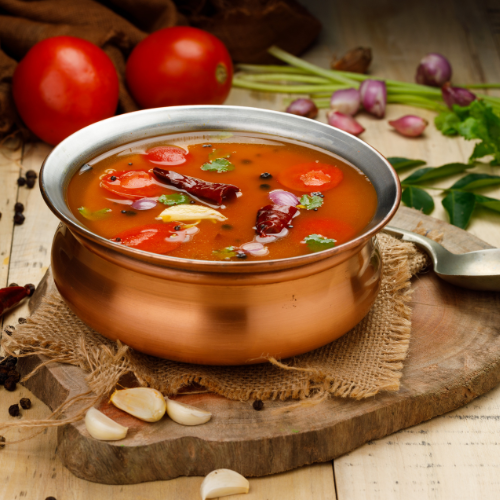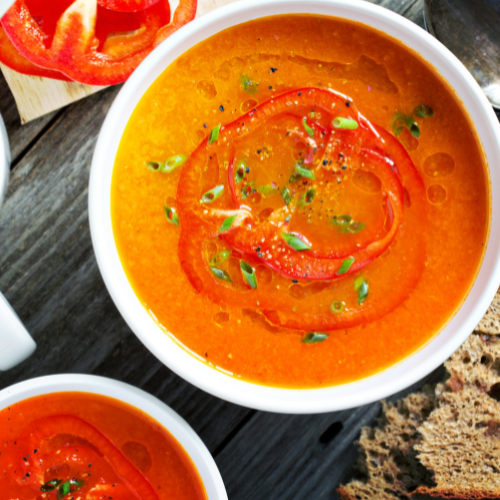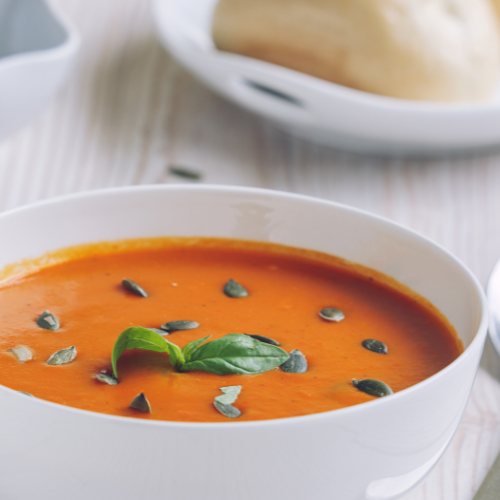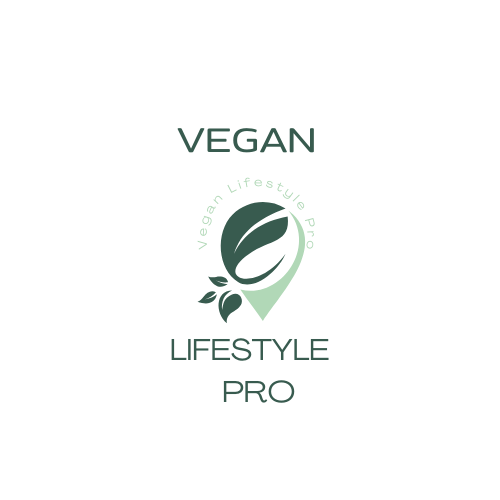Introduction.
Roasted Red Pepper and Tomato Soup is a dish that transcends seasons, delighting palates with its rich flavors and comforting texture. This vibrant soup combines the sweetness of roasted red peppers with the tangy brightness of tomatoes, resulting in a harmonious blend that is both nourishing and satisfying. Whether enjoyed as a cozy meal on a chilly evening or as a refreshing appetizer during warmer months, this soup holds a special place in the hearts of many food lovers.
In this extensive article, we will explore the history, nutritional benefits, variations, step-by-step preparation, and some creative serving ideas for Roasted Red Pepper and Tomato Soup. We’ll also delve into the science behind the ingredients and answer some common questions related to this delightful dish.

The History of Tomato Soup.
Tomato soup, in its various forms, has a long and storied history. Tomatoes were first cultivated by the Aztecs and Incas in South America. They were introduced to Europe in the 16th century when Spanish explorers returned with the fruit. Initially regarded with suspicion, tomatoes gradually became a staple in Mediterranean cuisine.
The evolution of tomato soup can be traced back to the early 19th century in the United States when canned tomato soup gained popularity, particularly after the introduction of the Campbell’s Soup Company in 1897. The combination of tomatoes with other ingredients, such as cream or vegetables, became a beloved comfort food.
Roasted red peppers, on the other hand, have Mediterranean roots, often used in Spanish and Italian cuisines. The two ingredients together create a unique flavor profile that elevates the humble tomato soup into something extraordinary.
Nutritional Benefits.
Roasted Red Pepper and Tomato Soup is not only delicious but also packed with nutritional benefits:
- Rich in Vitamins and Antioxidants: Tomatoes are an excellent source of vitamin C, vitamin K, and several B vitamins, including folate. They are also rich in lycopene, an antioxidant linked to various health benefits, including reduced risk of chronic diseases.
- Low in Calories: This soup is typically low in calories, making it a great choice for those looking to maintain or lose weight. The vegetables provide bulk and fiber, which can aid in digestion.
- Heart Healthy: The ingredients in this soup, particularly the olive oil often used in preparation, are known to support cardiovascular health. Olive oil contains healthy monounsaturated fats and antioxidants that can help reduce inflammation.
- Hydration: The high water content in tomatoes and peppers contributes to hydration, which is crucial for overall health.
- Versatile Diet Inclusion: This soup is suitable for various dietary preferences, including vegan, gluten-free, and low-carb diets, making it accessible to a wide audience.
Ingredients:
To prepare Roasted Red Pepper and Tomato Soup, you will need the following ingredients:
- Fresh Tomatoes: Ripe tomatoes are essential for flavor. Roma tomatoes are often recommended for their lower moisture content.
- Roasted Red Peppers: You can use jarred roasted red peppers or roast your own for a deeper flavor.
- Onion: A medium onion provides sweetness and depth.
- Garlic: Fresh garlic adds aroma and enhances the overall flavor.
- Vegetable Broth: This serves as the base liquid for the soup.
- Olive Oil: For sautéing the vegetables and drizzling for added flavor.
- Salt and Pepper: To taste.
- Fresh Herbs: Basil, thyme, or oregano can be added for an extra layer of flavor.
Preparation.
Now that we have covered the history and nutritional benefits, let’s dive into the step-by-step preparation of Roasted Red Pepper and Tomato Soup.
Step 1: Gather Your Ingredients
Before you start cooking, gather all your ingredients and equipment. You will need:
- A large pot or Dutch oven
- A cutting board and knife
- A blender or immersion blender
- Measuring cups and spoons

Step 2: Roast the Red Peppers (if not using jarred)
If you’re using fresh red peppers, you’ll need to roast them to bring out their natural sweetness. Here’s how:
- Preheat your oven to 450°F (230°C).
- Cut the red peppers in half and remove the seeds and stems.
- Place the peppers cut side down on a baking sheet lined with parchment paper.
- Roast in the oven for about 20-25 minutes, or until the skins are charred and blistered.
- Remove from the oven and place the peppers in a bowl, covering it with plastic wrap or a lid to steam for about 10 minutes. This makes peeling the skin easier.
- Once cooled, peel off the charred skin and set the peppers aside.
Step 3: Saute the Onion and Garlic
- In a large pot, heat 2 tablespoons of olive oil over medium heat.
- Add the chopped onion and sauté for about 5-7 minutes, or until the onion is translucent and soft.
- Add the minced garlic and sauté for an additional 1-2 minutes until fragrant, being careful not to let it burn.
Step 4: Add the Tomatoes and Roasted Red Peppers
- Chop the fresh tomatoes and add them to the pot along with the roasted red peppers.
- Stir to combine the ingredients and cook for about 5 minutes, allowing the flavors to meld.
Step 5: Add the Broth and Simmer
- Pour in the vegetable broth, bringing the mixture to a gentle boil.
- Reduce the heat and let it simmer for about 20-30 minutes. This allows the flavors to develop and the tomatoes to break down.
Step 6: Blend the Soup
- Once the soup has simmered, remove it from the heat.
- Using an immersion blender, carefully blend the soup until smooth. If you don’t have an immersion blender, you can transfer the soup in batches to a countertop blender. Just be cautious of the hot liquid.
- If you prefer a chunkier texture, blend only half of the soup and leave the rest as is.
Step 7: Season and Serve
- Taste the soup and season with salt and pepper as needed.
- For added flavor, stir in fresh herbs like basil or thyme before serving.
- Serve hot, garnished with a drizzle of olive oil, a sprinkle of fresh herbs, or a dollop of vegan sour cream.

Variations.
The beauty of Roasted Red Pepper and Tomato Soup lies in its versatility. Here are some exciting variations to consider:
- Spicy Version: Add a pinch of red pepper flakes or a diced jalapeño while sautéing the onions for a spicy kick.
- Creamy Option: For a creamier texture, stir in a splash of coconut milk or cashew cream before blending.
- Herbed Delight: Experiment with different herbs, such as dill or cilantro, to create unique flavor profiles.
- Add Protein: Incorporate cooked lentils or chickpeas for added protein and texture.
- Roasted Vegetable Twist: Roast additional vegetables such as zucchini or carrots alongside the red peppers to enhance the flavor profile.
Serving Suggestions.
Roasted Red Pepper and Tomato Soup can be served in various delightful ways:
- With Crusty Bread: A slice of freshly baked sourdough or crusty baguette is perfect for dipping.
- Grilled Cheese Pairing: Enjoy it with a classic grilled cheese sandwich or a vegan version for a nostalgic meal.
- Garnishes: Top with fresh basil, croutons, or a sprinkle of nutritional yeast for a cheesy flavor without dairy.
Storing and Reheating.
If you find yourself with leftovers, Roasted Red Pepper and Tomato Soup can be stored in an airtight container in the refrigerator for up to 5 days. It can also be frozen for up to 3 months. To reheat, simply warm the soup on the stovetop over medium heat, stirring occasionally, until heated through.
Conclusion.
Roasted Red Pepper and Tomato Soup is a culinary gem that combines simplicity with sophistication. Its rich flavors, vibrant colors, and health benefits make it a wonderful addition to any meal. Whether enjoyed as a comforting bowl on a rainy day or a refreshing dish in the summer, this soup offers something for everyone.
As we have explored, this dish has a fascinating history, numerous nutritional benefits, and endless possibilities for variations. So, the next time you’re in the mood for a warm and satisfying meal, consider making a pot of Roasted Red Pepper and Tomato Soup. Your taste buds will thank you.Bona Patti.
Frequently Asked Questions (FAQs):
- Q: What are the health benefits of eating vegan soups?
- A: Vegan soups are rich in vitamins, minerals, and antioxidants due to their high vegetable content. They can also be low in calories and fat while providing essential nutrients and fiber, which support digestion and overall health.
- Q: Can I freeze vegan soups?
- A: Yes, most vegan soups freeze well! Just make sure to cool them completely before transferring to airtight containers. Soups with a creamy texture may separate upon thawing, so it’s best to reblend them after reheating.
- Q: How can I thicken my vegan soup?
- A: You can thicken vegan soups by adding pureed vegetables, using a starch like cornstarch or arrowroot, or incorporating cooked lentils or beans. Blending a portion of the soup can also create a creamier texture.
- Q: Are there any good vegan substitutes for dairy in soups?
- A: Absolutely! You can use coconut milk, almond milk, cashew cream, or nutritional yeast to add creaminess and flavor without dairy. These alternatives work well in various soup recipes.
- Q: What are some easy ways to enhance the flavor of vegan soups?
- A: Enhance flavor by adding fresh herbs, spices, or aromatics like garlic and onion. Incorporating ingredients like lemon juice, vinegar, or soy sauce can also elevate the taste. Topping with fresh herbs or a drizzle of olive oil before serving, it adds a finishing touch.Enjoy!
